3100 BC / 2686 BC
Early Dynastic Period
Pharaonic history begins in the year 3200 BC, which is the year the Pharaonic dynasties began after the unification of Egypt at the hands of King Menes (Narmer).
Before unification, Egypt was divided into two kingdoms:
The Northern Kingdom where it was
The capital of the Northern Kingdom is “Putuo”
The emblem of the Northern Kingdom was “sedge plant”.
The color of the Crown of the Northern Kingdom is “red”
As for the “cobra snake,” he was the god of the north.
And the Kingdom of the South,
The capital of the Kingdom of the South is “’ِNAKHB”,
The emblem of the Kingdom of the South is “Lotus Flower.”
“White” was the color of the crown of the Kingdom of the South with its god, the “female eagle.”
King Menes, the ruler of the Kingdom of the South, was able to unify Upper Egypt with the tribal side around the year 3200 BC, and all of Egypt had a strong central government. He became the first ruler to hold several titles, such as: King of the Two Lands, Owner of the Two Crowns, Eagle of the South, Serpent of the North, and he was all of that. In praise of the deeds done by this great hero.
Thus, King Menes became the founder of the first ruling dynasty in the history of Pharaonic Egypt, and indeed in the history of the entire world, and he wore the double crown of the northern and southern kingdoms.
These eras were preceded by 4 civilizations: the Marmada Beni Salama civilization, the Deir Tassa civilization, the Badari civilization, and the Naqada civilization with its three generations.
Selim Hassan chronicles in his encyclopedia on the history of Egypt that
the Marmada Bani Salama civilization is located on the western edge of the delta northwest of Cairo, about 50 km. One of the features of its civilization is that their dead were buried with their faces facing east, around the year 4400 BC. This civilization is not known like other civilizations.
As for the Deir Tassa civilization, it arose in a small village on the eastern shore of the Nile in the Badari center in Assiut Governorate, and its civilization developed around 4800 BC. The dead were shrouded in animal skins and mats, and they were buried facing the west. One of the features of this civilization was the manufacture of black pottery, and it is believed that this civilization was a phase of the Badari civilization.
While the Badari civilization was in Assiut (in 4500 BC), the dead were buried with many utensils, and the use of copper appeared and wooden beds were used.
As for the Naqada civilization, it arose in one of the cities of Qena Governorate, and scholars divide its civilization into Naqada I and Naqada II, and the Naqada civilizations are distinguished. With economic progress and art.
Egypt's Unification ( 3150 BCE )
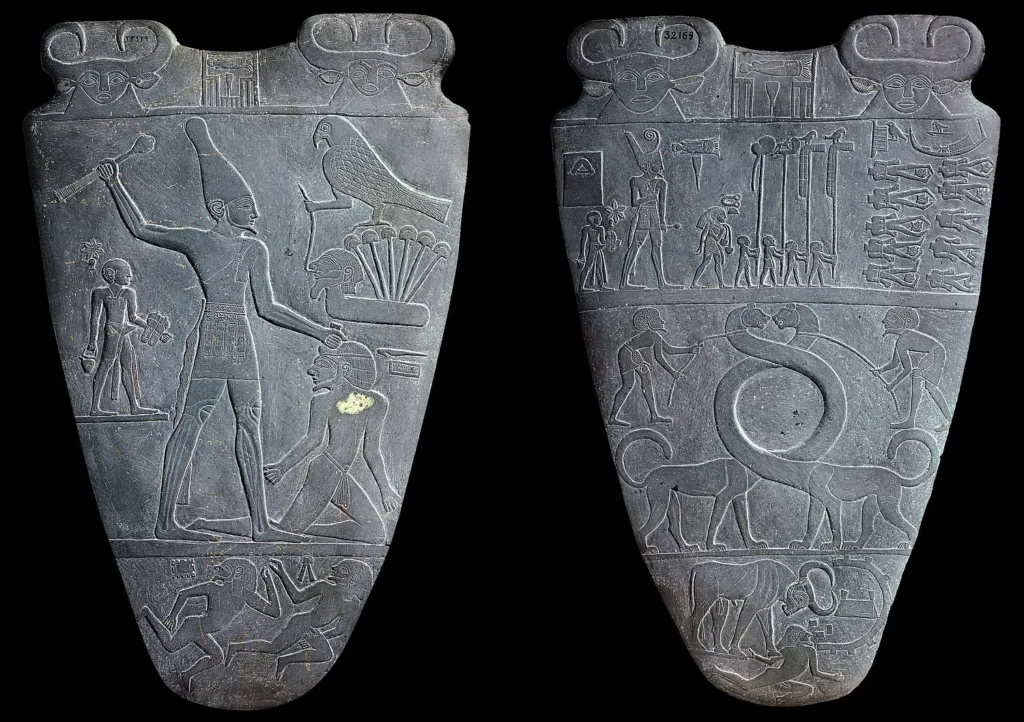
According to the chronology of Manetho (3rd century BCE), the first king of Egypt was Menes, a king of Upper Egypt possibly from the city of Thinis (or Hierkanopolis), who overcame the other city states around him and then went on to conquer Lower Egypt. This king’s name is known primarily through written records such as Manetho’s chronology and the Turin King List, however, it is not corroborated by any extensive archeological evidence and scholars now believe the first king may have been a man named Narmer who peacefully united Upper and Lower Egypt at some point c. 3150 BCE.
This claim is contested owing to the Narmer Palette (an ancient inscribed slab) which depicts a king, positively identified as Narmer, as a military figure conquering a region which is clearly Lower Egypt.
The name `Menes’ has also been found on an ivory inscription from Naqada associated with Hor-Aha, which could mean the title was passed down or that Hor-Aha was the first king. Brewer notes that these ancient inscriptions, such as the Narmer Palette, perpetuate “a culturally accepted scenario and, therefore, should perhaps be regarded as a monument commemorating an achieved state of unity rather than depicting the process of unification itself” (141). To scholars such as Brewer, the means by which unification came about are not as important as the fact of unification itself. The details of the event, like those of any nation’s origins, may have been largely embellished upon by later writers. Brewer writes:
Menes probably never existed, at least as the individual responsible for all the attributed feats. Rather he is most likely a compilation of real-life individuals whose deeds were recorded through oral tradition and identified as the work of a single person, thereby creating a central hero figure for Egypt’s unification. Like the personalities of the Bible, Menes was part fiction, part truth, and the years have masked the borderline, creating a legend of unification. (142)
Unification, Brewer (and others) claim was “most likely a slow process stimulated by economic growth” (142). Upper Egypt seems to have been more prosperous and their wealth enabled them to systematically absorb the lands of lower Egypt over time as they found they needed more resources for their population and for trade. Whether the king who united the country was Narmer or someone of another name, this king lay the foundation for the rise of one of the greatest civilizations of the ancient world.
The First Dynasty in Egypt
King Narmer
Narmer is the First Dynasty’s first king whose name was known from later King Lists and from classical sources. In their own time, these kings were mostly known by their Horus names and not by their birth names which are used in the lists. As a result, both the identification and the existence of Menes are confused, but he is most probably the same as King Aha, whose reign dates back to the earliest tomb at Saqqara. For this jumble, we are still in doubt whether the three names refer to one, two persons, or three different persons.
King Narmer’s tomb was located at Abydos. Some objects dating back to his reign were found in the temples of Nekhen, Hierkonpolis, and Kom el-Ahmar.
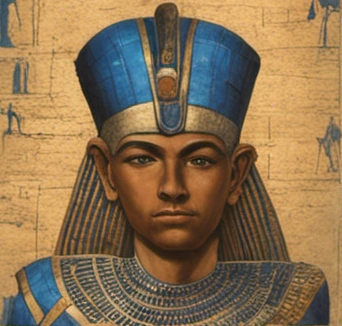
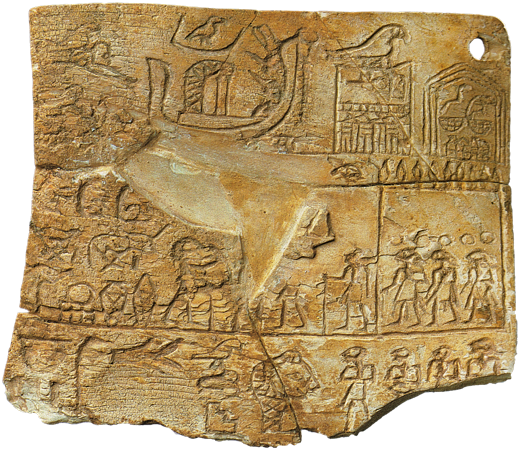
King Hor Aha
The name “Hor-aha” means the Fighter. On King Aha’s monuments, there are some indications mentioning his wars against the Libyans and the Nubians. Moreover, there is a reference to some religious ceremonies like his coronation ceremony.
After Narmer’s death, Hor-aha ascended the throne and became the first king of the First Dynasty. Perhaps, he may be identified with Menes of the classical historians. In that case, he would be the founder of the Thinite Period (First Dynasty). If he was the same person as Narmer, then he was the cult inaugurator of the Crocodile-god, Sobek in the region of Faiyum as well as the Memphis founder (some 20 miles south of the apex of the Delta, near the natural frontier between the North and the South). He chose this place to be the capital Memphis, because of its strategic position to control both Upper & Lower Egypt. Memphis was at the top of Upper Egypt and belonged to Lower Egypt. Aha controlled the Northerners, and settled in Lower Egypt to be ready to attack the Northerners at any time. This was the place of the different Egyptian capitals through ages.
The new capital was known as Mn-nfr and latter on, Memphis. Manf was called ‘The White Wall’, which is the wall surrounding the country.
According to this strategic point, Hor-aha ruled the newly-united Egypt where he took his new capital and built a great temple dedicated to the god Ptah, who remained the patron deity of the city throughout its long history. Here also, on the desert edge behind the city, he set up his northern tomb, the first of a long series of funerary monuments which were to be built by his successors. He would probably have established both his administration and the cult of the Apis-Bull at Memphis. It is likely that he also organized the newly unified land by starting a policy of conciliation with the North, which is deduced from the fact that the name of his wife, Neith-hotep (may Neith be pleased), which was formed from the name of the goddess Neith, originally worshipped at Sais in the Delta. The tomb of Neith-hotep, excavated at Niqada, was provided with a large amount of objects including a tablet bearing the name of Aha.
It seems that Aha founded a temple of Neith at Sais and celebrated the festivals of Anubis and Sokar as well as his own royal jubilee or Sed-festival.
Aha Reign was peaceful, except for a series of wars against the Nubians that he defeated. Later, he established his rule as far up river as the first cataract. He also defeated the Libyans and established trade relations with Syria and Palestine. These military and economic initiatives were bore by his successors. The reign of Aha, which must have ended about 3100 BC, was thus reasonably well-documented. He had two tombs: one at Saqqara and the other at Abydos

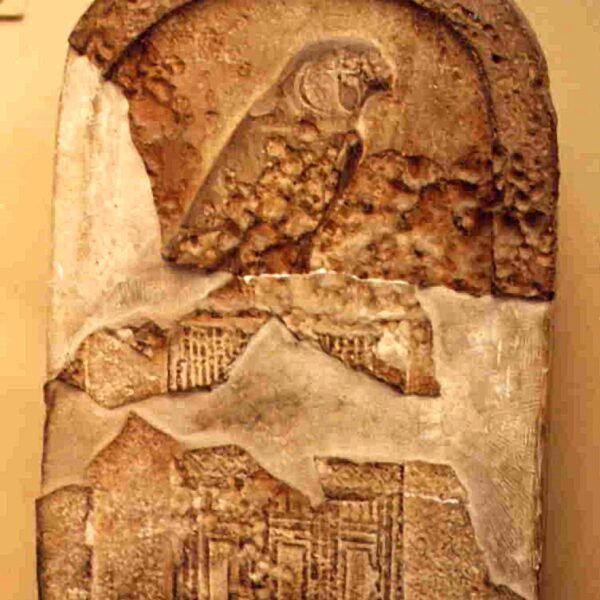
King Djer
Djer’s daughter was Queen Meryt-Neith, whose tomb has been excavated in the royal necropolis at Abydos. Djer Reign is characterized by further developments in foreign policy, that include expeditions to Nubia, Libya and Sinai. He also set the economic and religious organization of the country and built a palace at Memphis and a tomb for himself at Abydos, where he may even have been the historical prototype of Osiris. Two great tombs belonging to Djer were found at Abydos and Saqqara. For some reasons, the Ancient Egyptians in a later period thought that Djer’s tomb at Abydos was the tomb of Osiris. They performed pilgrimage to it and presented offerings until it was assured that it is the tomb of Djer by archaeological discoveries. He was buried along with the rest of his court, although this does not necessarily mean that his courtiers were obliged to die violently to accompany their sovereign into the grave. However, this was the first case of the pharaoh’s recognition of the funerary needs of his subordinates.
Djer Reign was a time of great prosperity, due to the funerary furniture in the private tombs of his contemporaries. Djer continued Hor-aha’s wars against the Nubians and established his rule as far up river as the second cataract. This important event is engraved on a sandstone slab which was found on Gebel Sheikh Suliman, about 11 km south of Wadi Halfa. This slab has been cut and transferred to Khartoum where it is now in the garden of the new museum. It shows that the kings of the 1st Dynasty were interested in safegardining the southern borders of Egypt and in invading the areas to the south of the first cataract for the trade movement with Sudan. Recent excavations at Saqqara have brought to light a large tomb belonging to Her-Neith who might have been his wife.
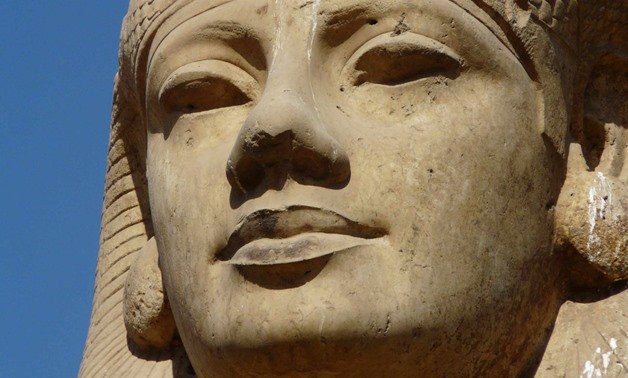
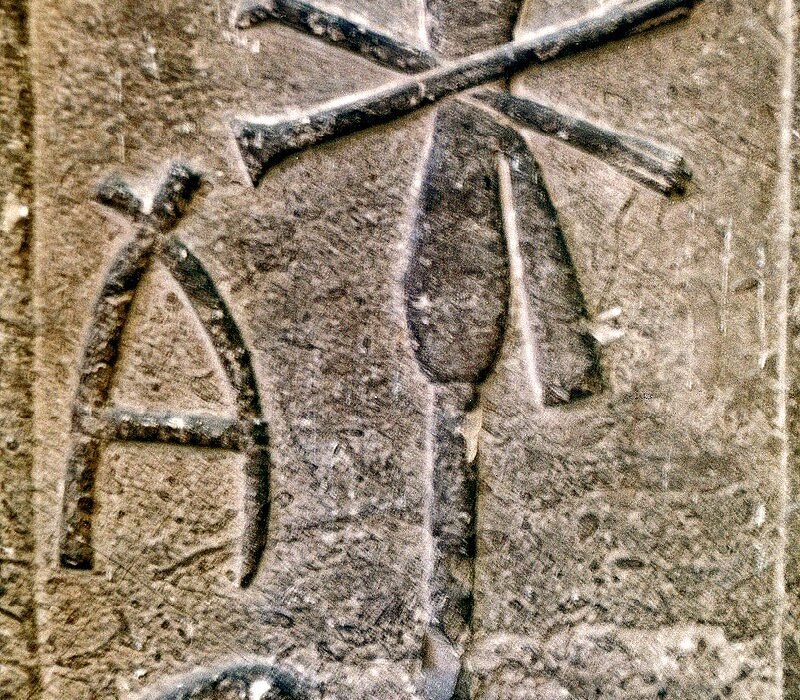
Queen Meryt-Neith
Queen Meryt-Neith is the first queen who ruled as a king over Egypt, like queen Neith-Hotep. Her name is associated with goddess Neith. There were two huge tombs for her: one is at Saqqara close to the capital of the newly-unified country and the other is at Abydos in Upper Egypt.
Different opinions were expressed concerning Queen Meryt-¬Neith. Had she ruled over Egypt or simply had she been a king’s consort? We have no decisive proof that she ever ruled as a king, as she was not on any of the King-Lists. However, Meryt-Neith was known in the history of Egypt, during the time when the written records were somewhat obscure.
The problem with Meryt-Neith first came to light in 1900 AD. Her tomb was discovered among kings at Abydos. Meryt-Neith’s name was inscribed on her tomb’s wall, so in the beginning, the name was accepted to be referring to a male king. Based on this evidence, Meryt-Neith was classified as a king, possibly the third ruler of the 1st Dynasty. Later on, it became apparent that the name, Meryt-Neith, is actually for a female and it means ‘beloved of Goddess Neith’. At that point, Meryt-Neith was accepted to be re-classified as a powerful king’s consort. This view is supported by the discovery of few seals bearing Den’s name inside her tomb at Abydos, so some scholars assumed that she must have been his wife. Some objections have been raised against this opinion due to the fact that Den’s tomb which is next to Meryt-Neith’s tomb was plundered. This may suggest that the contents of both tombs have been mixed up together. We know now that Meryt-Neith had another tomb at Saqqara where she had a solar boat, which was believed to be granting her spirit to travel with the Sun-god in the Afterlife, an honor reserved normally for the king.So Meryt-Neith, by having two tombs, became the only woman known to have been commemorated in this way. This strongly suggests that she may have been a ruler or at least a co-regent rather than a mere consort.
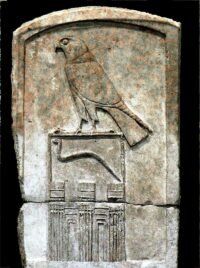
King Wadjet or Djet
His name means Serpent. He led an expedition to the Red Sea, perhaps with the aim of exploiting the mines in the Eastern Desert. His name has been found engraved on the rocks of one of the routes in the Eastern Desert which connected between Edfu and the Red Sea.
Two tombs belonging to Djet have been discovered at Abydos and Saqqara. His tomb at Abydos contained numerous stelae, including a magnificent limestone example inscribed with his Horus name. Moreover, a third tomb was discovered at Nazlet el-Batran, near the Giza archeological site, in which his name was found, engraved on its objects. Probably this tomb belongs to a member of his family or a high official. Throughout his reign, Egypt achieved a high degree of progress
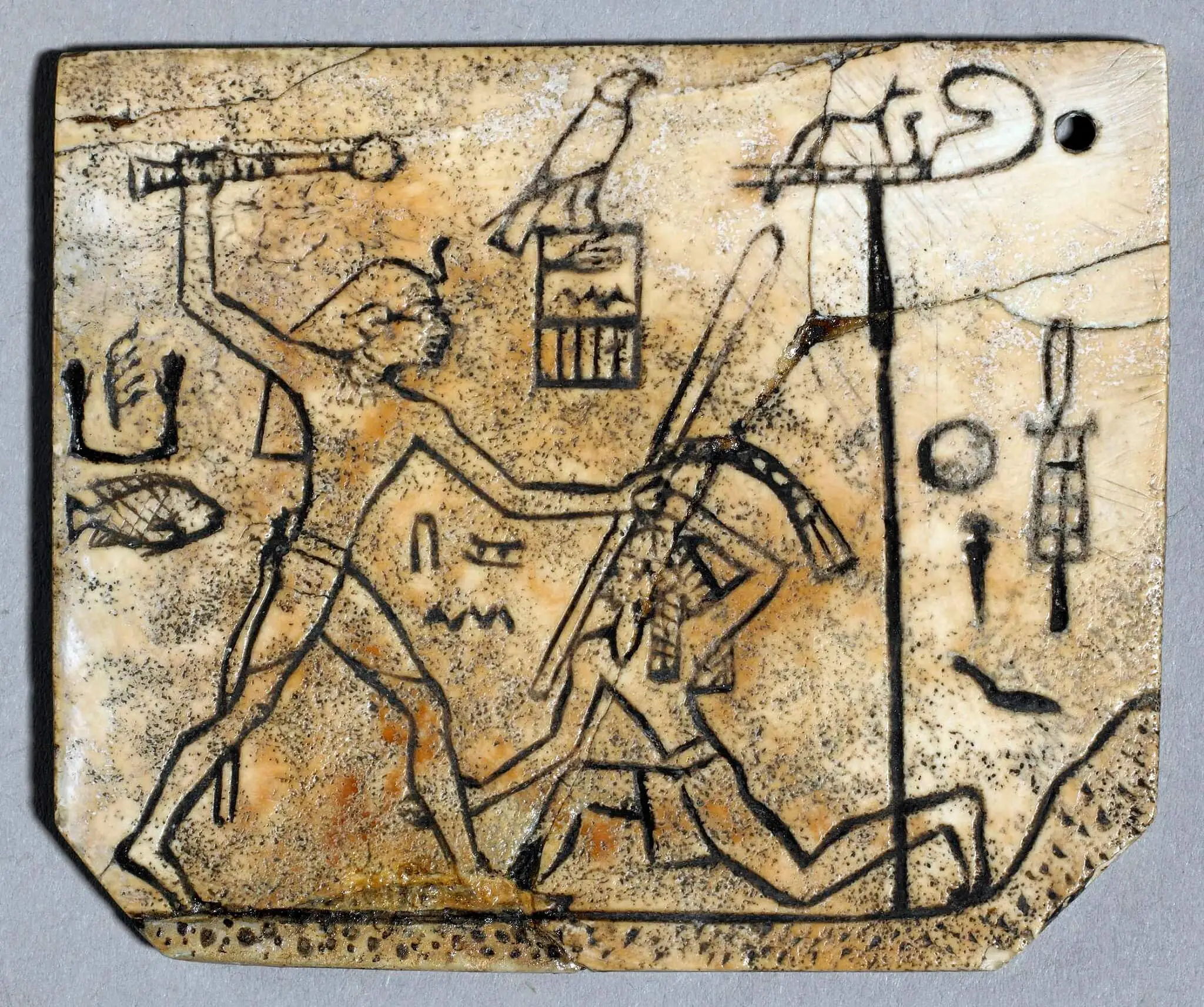
King Den -Udimu
At the beginning of his reign, Den worked on limiting the power of the High Court officials, which had previously been allowed to grow dangerously during Meryt-Neith’s regency.
He followed a foreign policy which drew his attention to the Near East with an ‘Asiatic’ campaign in the first year of his Reign. He also brought back a harem of female prisoners (which later on was copied by Amenhotep III). This military activity was taken along with an expedition into Sinai to deal with the Bedouins.
Den was the first king who added to his tutelary the nsw-bity title, which was evidently intended to reflect his active internal policy. This included the building of a fortress and the celebration of religious ceremonies honoring the gods Atum and Apis. He also seems to have followed a policy of conciliation with northern Egypt, which was expressed not only through the name of ‘his wife’ Meryt-Neith but also by the creation of an office ‘Chancellor of the King of Lower Egypt’. Hemaka assumed this post, and his tomb was discovered at Saqqara.
The tomb was built by Den at Abydos, a granite pavement was found, the first known example of stone-built architecture, and then had exclusively been a mud-brick.
Den Reign is estimated to have been lasting nearly 50 years. There are many inscribed labels and jar-sealing that bear Den’s name. Besides, there are records which narrate the activities performed throughout his reign. We know a great deal of him from his tombs, his officials’ tombs and from the Palermo Stone.
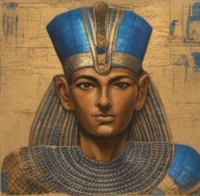
King Adjib
The name “Adjib” means ‘the one with the bold heart’. The other name of King Adjib – being the King of Upper and Lower Egypt –was Merpubia. He probably ascended to the throne late in life. It was in Adjib’s reign that the ‘Two Lords’ name (the name placed under the protection of Horus and Seth) were introduced. This title re-united the two divine antagonists of the North and the South in the King’s person.
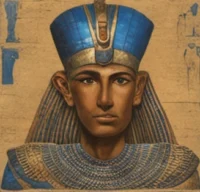
King Semerkhet
His Horus name was ‘companion of the gods’, and his Nebty name was ‘he whom the two mistresses guard’. He certainly attempted to emphasize his legitimacy by erasing Adjib’s name from his jubilee vases. This legitimacy was called into question with the omission of Semerkhet’s own name from the Saqqara King-List. His tutelary certainly indicates a previous career, perhaps in a priestly role, before ascending the throne.
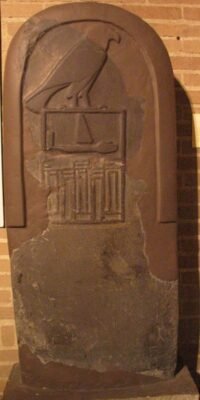
King Qa-aa
He is the last king in the First Dynasty. His tomb at Abydos included several jar sealing and labels upon which his Horus name was written. His tomb at Saqqara, unearthed in 1954, was found to be a vast building measuring 65 x 37 meters. From the scenes in the tomb we could get much information about the names of his high officials and the positions which they occupied. This brings in light the administrative system of the country. For some officials were supervisors on projects of irrigation, taxes collection and the registration of events.
The end of the First Dynasty is rather problematic, since it is clear that the unusually long duration of Den Reign had led to a struggle for succession to the throne after his death. Both Semerkhet and his successor Qa-aa were buried at Abydos. By Qa-aa Reign, the First Dynasty witnessed its end. At the turn of this Dynasty, the centre of power seems to have been moved to Memphis. This is according to the fact that at least the first three kings of the Second Dynasty were buried in the Saqqara Necropolis, which indicates that the centre of power had been moved to Memphis. Another indication of this power shift was the name of the first ruler of this dynasty.
